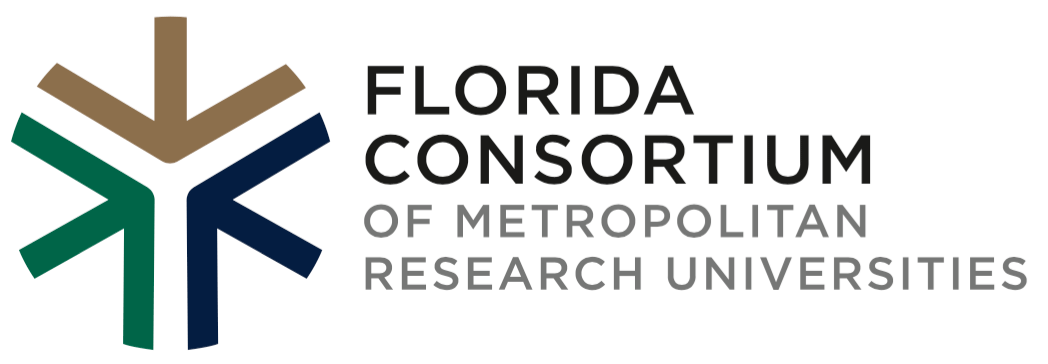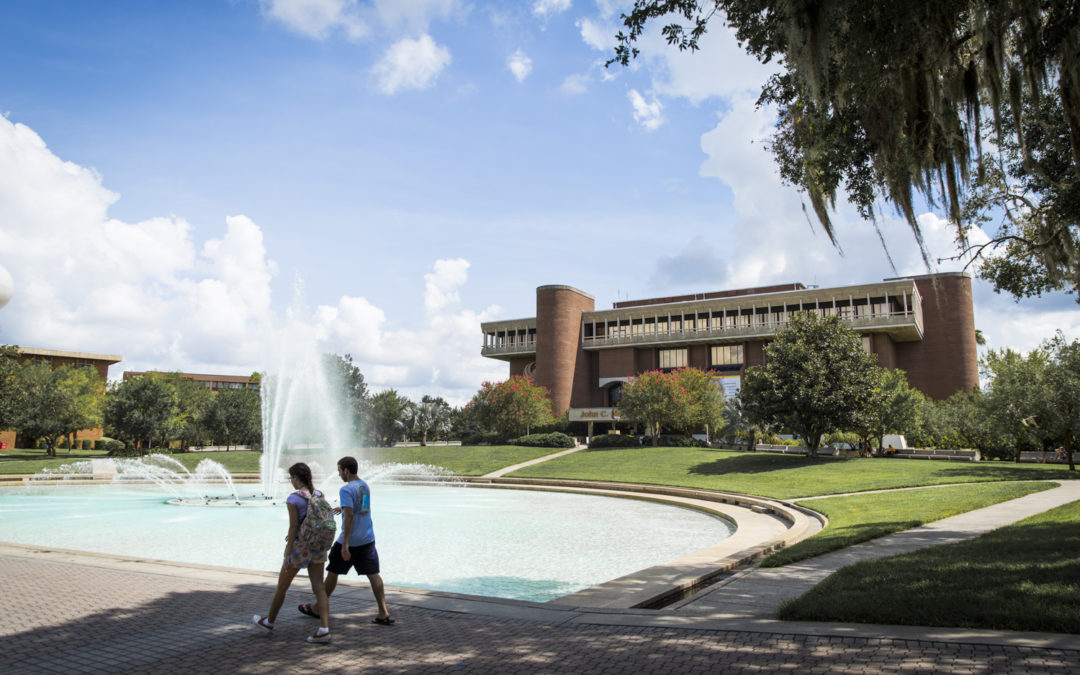Originally published by the Brookings Institute by: Dimitrios Halikias and Richard V. Reeves
Why are taxpayers asked to subsidize post-secondary education? After all, college graduates continue to earn much more on average than those who do not gain a postsecondary degree. One answer is that higher education provides public benefits in addition to high private returns on post-secondary investments.
In particular, universities act as ladders for social mobility, which makes for a more dynamic and fairer society. They are also laboratories for research, expanding our knowledge in directions that can improve the welfare of the broader population. A good case can be made for public support for institutions that act in one or both of these ways: as what we label either ladders or labs. But there are some institutions that cannot claim to be either mobility-boosters or knowledge-creators: these are the laggards. These institutions have a weaker claim on the public purse. In this paper, we evaluate the nation’s selective public four-year universities—using newly-available tax data from the Equality of Opportunity Project at Stanford to gauge mobility and an independent ranking from the Carnegie Foundation to assess research activity—to determine which universities are ladders or labs, and which universities are laggards less deserving of public funding.
While many of these institutions perform well as a ladder or a lab—and a significant share score well on both fronts—a sizable minority of public universities fail on both counts. These laggards nonetheless absorb substantial subsidies, including to students from affluent backgrounds. We estimate that almost $2 billion of support goes each year to students from families in the top quintile of the income distribution who attend “laggard” colleges. To put this figure in context, this amount is five times as much as the federal government currently spends on evidence-based Home Visiting programs for low-income families.

